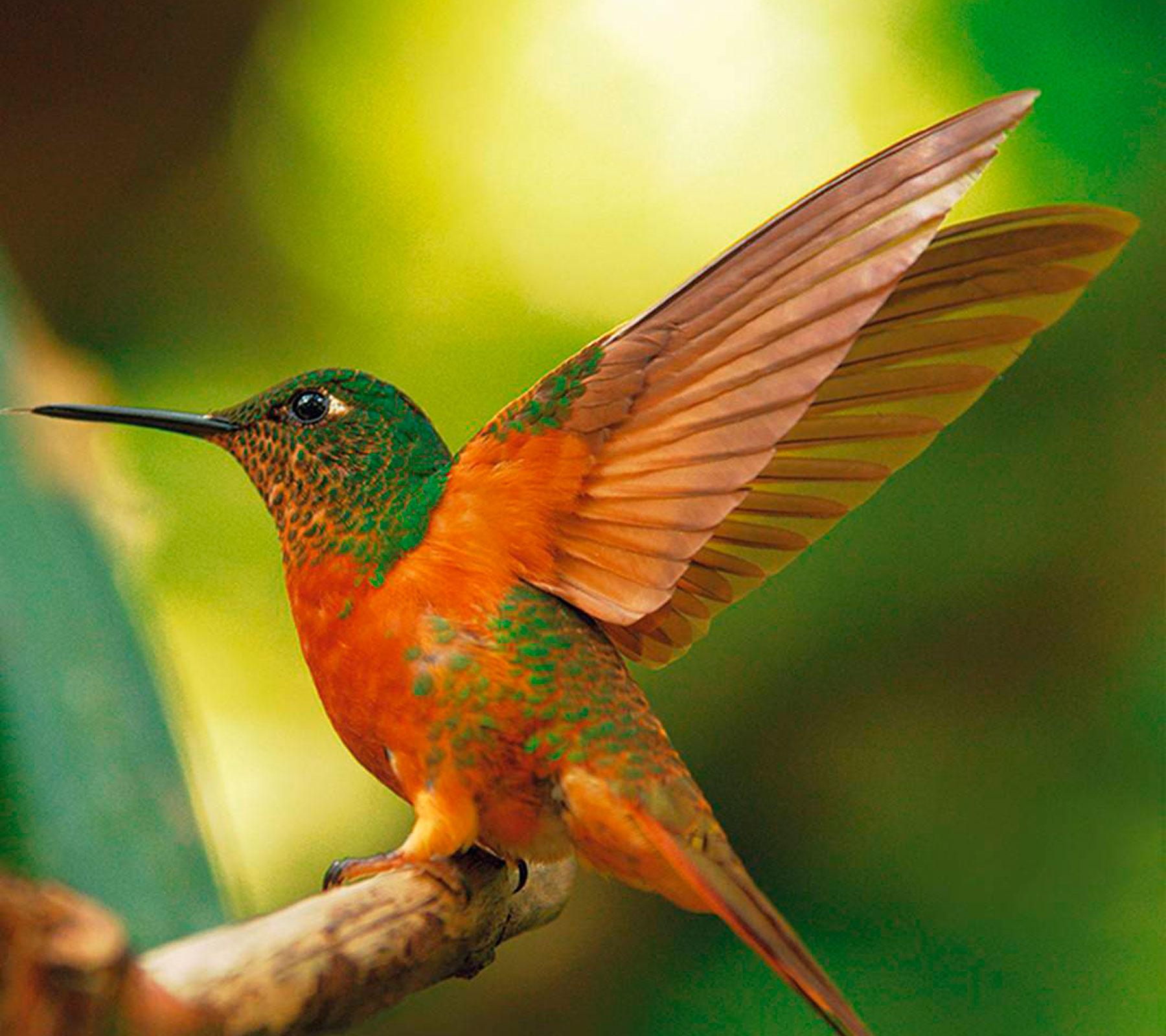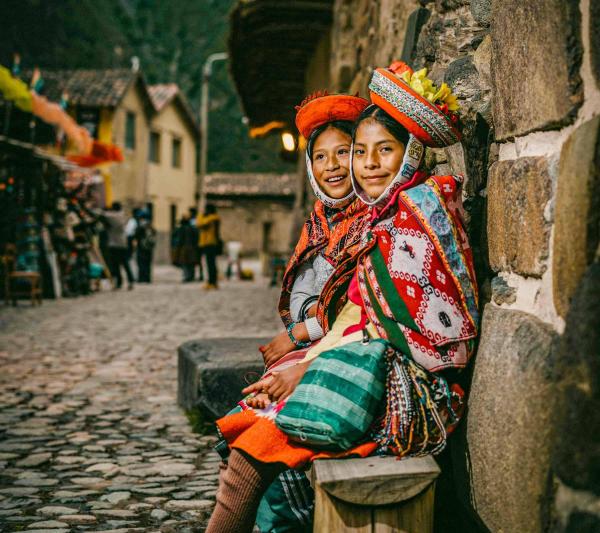Amazon Rainforest Peru: The Best Destination for your Vacation
If you're passionate about nature, a visit to Peru's vast Amazon Rainforest is an absolute must. This incredible region is home to a dazzling array of birds and wildlife that will leave you in awe. The Amazon Rainforest in Peru is a treasure trove of natural wonders, boasting an immense variety of species that are simply breathtaking. Peru is among the world's richest countries in terms of biodiversity, harboring unique species such as the giant river otter, tapirs, anacondas, jaguars, ocelots, and more. With over 590 bird species alone, the Amazon outshines even the United States in terms of diversity. You might also encounter endangered species like the giant river otter, coypu, pacarana, harpy eagles, and colorful macaws. Make your way to the Amazon Rainforest for an unforgettable experience. Learn more about our Amazon tours and contact us to book your adventure ahead of time for a truly remarkable journey.
Tambopata National Reserve
Approximately 45 km (28 miles) south of Puerto Maldonado
Another route involves a 25 km (16 miles) journey by land in a 4x4 vehicle to the community of Infierno, followed by a river crossing to the reserve, taking around 2 hours by a 55 HP motorboat.
This reserve, nestled between the Tambopata and Heath Rivers, spans 274,690 hectares and stretches across the Madre de Dios and Puno regions. The biodiversity here is astounding, with scientists documenting 632 bird species, 1,200 butterfly species, 169 mammal species, 205 fish species, 103 amphibian species, and 67 reptile species. The vegetation is characteristic of tropical climates. Entry to the reserve requires prior authorization from INRENA.
Manu National Park
The town of Atalaya is located 280 km (174 miles) from Cusco along the Cusco-Paucartambo Highway (about 12 hours by 4x4 vehicle). The journey continues on the river to Boca Manu (7 hours), with an option to fly from Cusco to Boca Manu in 45 minutes.
Spread between Cusco and Madre de Dios regions, Manu National Park encompasses the entire Manu River basin, covering 1,692,137 hectares. It has been the core of the Manu Biosphere Reserve since 1977 and was declared a UNESCO Natural World Heritage Site in 1987. Although entry to the park is restricted, visitors can stay in authorized lodges within the Reserved and Cultural Zones.
The park boasts an incredible variety of wildlife, with over 800 bird species, including the harpy eagle, jabiru stork, Orinoco goose, Andean cock-of-the-rock, and roseate spoonbill. There are also 200 mammal species, such as the woolly monkey, black spider monkey, giant otter, jaguar, little spotted cat, anteater, and Andean deer, along with over 100 bat species. The forest is home to towering trees over 45 meters high, including the cetico, topa, cedar, tornillo, white kapok, and mata palo.
The park is also home to 30 Quechua-speaking farming communities, as well as various Amazonian native groups, including the Matsiguenka, Amahuaca, Yaminahua, Piro, Amarakaeri, Huashipaire, and Nahua.
Colorado Macaw Clay Lick
Located within the Tambopata National Reserve, about 150 km (93 miles) from Puerto Maldonado
The “colpa,” or macaw clay lick, is a site where macaws gather, formed along riverbanks due to erosion, revealing soil rich in mineral salts. This clay lick, the largest in the Peruvian Amazon, measures approximately 50 meters (164 feet) in height and 500 meters (1,640 feet) in length. Every morning, six different species of macaws, parrots, and parakeets flock to this site.
These vibrant birds fly around before beginning the “colpeo,” which involves eating the mineral-rich clay. After 25 to 30 minutes, they depart, only to return the next day. Occasionally, visitors may spot Brazilian tapirs, capybaras, and squirrels, along with monkeys like the red howler, capuchin, titi, and sometimes even spider monkeys.
Sandoval Lake
Around 10 km (6 miles) from Puerto Maldonado
To reach the lake, a 5 km (3 miles) walk from the riverbank is required, taking about 1 hour and 30 minutes.
The lake is approximately 3 km (2 miles) long, 1 km (0.6 miles) wide, and 0.5 cm (0.1 inches) to 3 meters (10 feet) deep. The water temperature averages 26ºC (79.8ºF), and the lake teems with fish. The surrounding area is a mix of aguajales (swamps) and exotic vegetation, including orchids, wild plantains, milpesos palms, giant kapoks, mahoganies, and towering aguaje palms.
This habitat supports a rich variety of birdlife, such as cormorants, toucans, macaws, parrots, horned screamers, and herons. The colorful hoatzin, or shansho, with its feather-topped head, is a notable resident. Visitors may also see tapirs, turtles, giant otters, and various species of caimans, including the black caiman.
Valencia Lake
About 60 km (37 miles) from Puerto Maldonado
This lake is 15 km (9 miles) long, 800 meters (2,625 feet) wide, and ranges from 0.5 to 15 meters (1.6 to 49 feet) deep. The surrounding forest is home to trees like pumaquiro, quinilla, cedar, giant kapok, dwarf fan palm, and Brazil nut trees. Notable wildlife includes bearded guans, turtles, caimans, monkeys, cormorants, and herons.
The rich waters support the livelihoods of the Huarayos indigenous people and local settlers through fishing, particularly for species like tiger shovelnose catfish, palometas, gilded catfish, piranhas, and paiches. Additionally, Brazil nut harvesting is an important economic activity.
Bahuaja-Sonene National Park
Approximately 90 km (56 miles) from Puerto Maldonado
Established to protect Peru’s only tropical humid savanna, Bahuaja-Sonene National Park spans 1,091,416 hectares across the Madre de Dios and Puno regions, with a portion extending into Bolivia. The park is home to significant species, including the maned wolf, marsh deer, giant anteater, giant otter, bush dog, black caiman, and harpy eagle.
Peruvian Rainforest
Unique Ecosystems: Highlight how the Peruvian rainforest is one of the most biologically diverse regions on Earth, hosting a significant portion of the world's species, many of which are endemic and cannot be found anywhere else.
Endangered Species: Discuss the importance of conservation efforts to protect endangered species like the giant river otter, jaguar, and harpy eagle, and how ecotourism can play a role in their preservation.
Cultural Significance
Indigenous Communities: Provide insights into the lives of the indigenous communities that inhabit the Peruvian rainforest, such as the Matsiguenka, Ese Eja, and Yine people. Explore their traditional knowledge, sustainable practices, and how they coexist with the environment.
Shamanism and Medicinal Plants: Explore the rich tradition of shamanism in the Amazon, where shamans use medicinal plants like Ayahuasca and others for healing purposes. Discuss opportunities for travelers to learn about these practices through guided experiences.
Adventure Activities
Jungle Trekking: Offer information on guided jungle treks that take visitors deep into the rainforest, providing opportunities to see wildlife, explore hidden trails, and learn about the ecosystem from local guides.
River Expeditions: Detail the experience of navigating the Amazon's rivers, whether by canoe or motorboat, and the chance to see river dolphins, caimans, and other aquatic wildlife.
Canopy Walkways: Mention canopy walkways and observation towers that give travelers a bird's-eye view of the rainforest, allowing them to observe wildlife in the treetops.
Best Times to Visit
Seasonal Variations: Explain the differences between the dry season (May to October) and the wet season (November to April). Highlight the advantages of each season, such as easier access to trails during the dry season and more vibrant wildlife during the wet season.
Wildlife Viewing: Offer tips on the best times to spot certain animals, such as early morning or late afternoon for birdwatching or night tours for seeing nocturnal creatures like owls and night monkeys.
Conservation Efforts
Protected Areas: Expand on the national parks and reserves, discussing how they contribute to the conservation of the Amazon and what travelers can do to support these efforts.
Sustainable Tourism: Highlight how travelers can engage in responsible tourism by choosing eco-friendly lodges, participating in community-based tourism, and supporting local conservation projects.
Local Cuisine
Amazonian Flavors: Introduce readers to the unique flavors of Amazonian cuisine, such as dishes made with local ingredients like fish from the rivers, tropical fruits, and traditional herbs. Mention some must-try dishes and where they can be found.
Photography Tips
Capturing Wildlife: Provide tips for photographing wildlife in the rainforest, such as the best settings for cameras, recommended equipment, and how to approach animals without disturbing them.
Scenic Landscapes: Suggest ideal spots for capturing the stunning landscapes of the rainforest, including sunrise and sunset locations, river views, and the vibrant flora.
Amazon Travel Tips
What to Pack: Offer practical advice on what to pack for a trip to the Peruvian rainforest, including essentials like insect repellent, lightweight clothing, waterproof gear, and binoculars.
Health Precautions: Discuss necessary health precautions, such as vaccinations, malaria prevention, and staying hydrated and protected from the sun.
Local Markets and Crafts
Handicrafts: Highlight local markets where visitors can purchase handmade crafts, such as woven baskets, jewelry, and textiles made by indigenous artisans. Emphasize the importance of buying authentic, locally-made products to support the communities.
By adding these sections, you can create a comprehensive and engaging travel blog that provides valuable information and inspiration for those interested in exploring the Peruvian rainforest.





